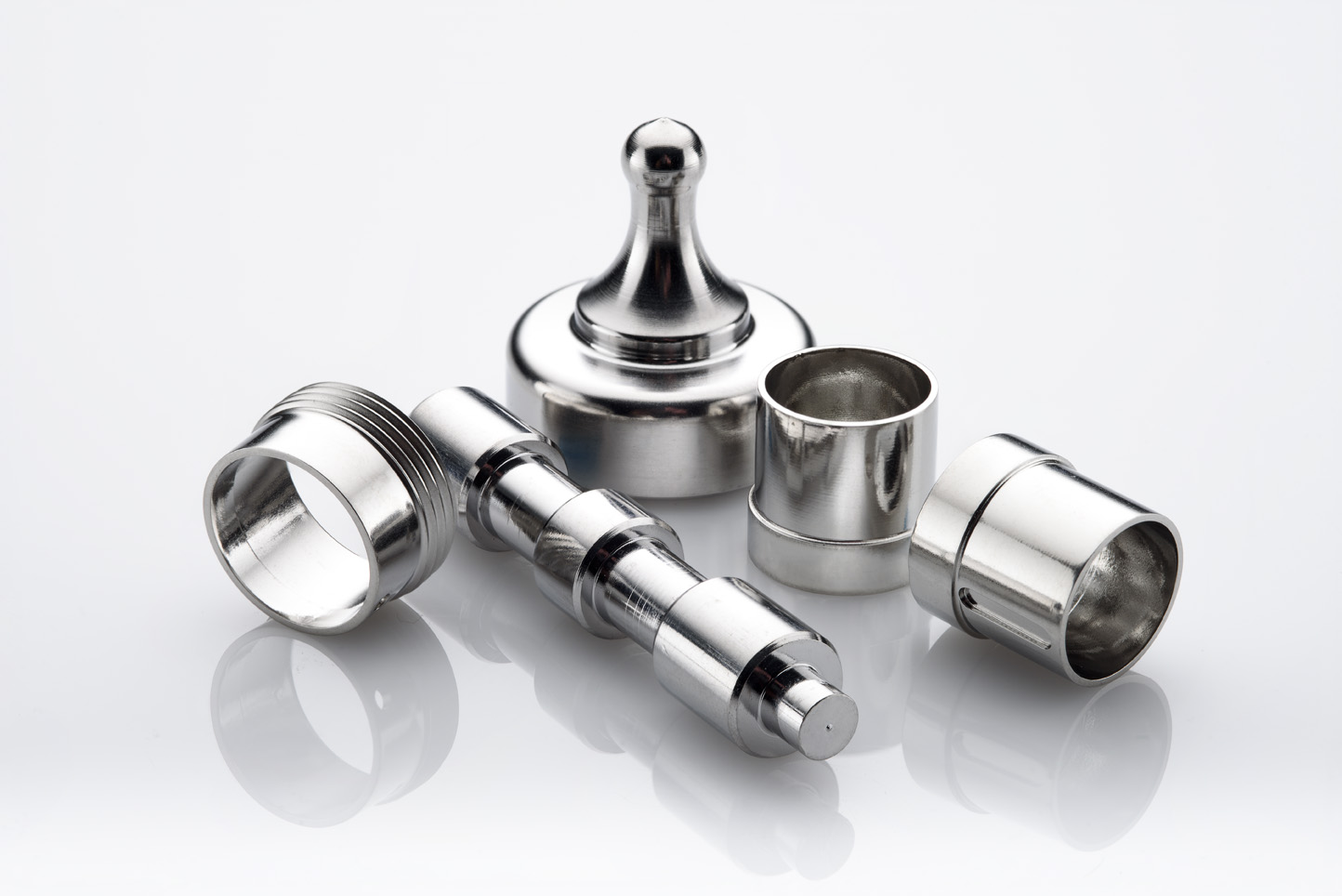In the normal production process of oxidation electrolytic polishing, the composition of the electrolyte is relatively constant, while the operating conditions are variable. For different materials and surface effect requirements, the required polishing is often obtained by changing the operating conditions. The influence of surface effect and operating conditions on polishing quality mainly includes the following aspects.

1. Temperature
The temperature determines the viscosity and volume resistance of the electrolyte. For aluminum electropolishing, only when the solution has enough activity to oxidize the aluminum surface, and also has a very high solubility, it can be dissolved at a speed about lower than the oxide film formation rate. When the oxide film is removed, the electropolishing process can proceed effectively. If the temperature is too low, the viscosity of the solution is high, the volume resistance is high, the current density is low, and the workpiece cannot be polished. At the same time, the slowed ion diffusion rate will also promote the anodic oxidation process, and the surface is prone to white frost. If the temperature is too high, the current density is high, the light output speed is fast, and the surface is smooth, but too high temperature will cause spot or strip corrosion on the surface of the workpiece. A smooth and shiny finish can only be obtained at a certain constant temperature. For ordinary brightness, the temperature can be 70~90°C, for high brightness, the temperature can be controlled at 90~100°C, the maximum short-term temperature can’t reach 110°C, otherwise it will be difficult to control, at this time the polishing should be stopped until the temperature drops to the process The operation can only be carried out after it is within the control range. If it is used for polishing after sandblasting, the temperature should be 60~80°C, and the polishing after wire drawing should be 70~80°C. Of course, this also needs to be determined through experiments according to the photometric requirements and the performance of the material. It is worth noting that for 6-series profiles, especially when the material is thicker, a lower temperature should be used, such as the range of 70~90°C.
2. The Viscosity of the Electrolyte
The viscosity of the electrolyte is a very important factor. Generally, the low-viscosity electrolyte will only appear in two situations. One is a newly prepared solution, and the other is that a large amount of water is mixed into the electrolyte. In continuous electropolishing production, the viscosity is generally not too high. Of course, an important factor must be considered, that is, the temperature has a great influence on the viscosity, and the temperature is inversely proportional to the viscosity of the electrolyte.
3. Current Density and Cell Voltage
A suitable and constant anode current density is the premise of obtaining high-quality polishing quality. Within the controllable range, the current density is too high, the light output speed is fast, the current density is low, the light output speed is slow, and the surface grinding effect is good, but the polishing time is long and the polishing effect is too long. A high current density will increase the temperature of the interface between the anode and the surrounding electrolyte, causing spot or strip corrosion on the surface of the workpiece. If the current density is too low, it will be difficult to polish the product and the polished surface will be uneven. The size of the current density should be determined according to the requirements of electrolytic component polishing, and it is generally selected within the range of 10~20Adm². The cell voltage is the basis for providing the current density. A certain cell voltage is the prerequisite for maintaining the required current density. The effect of the cell voltage on the polishing quality is the same as the current density. The cell voltage depends on the composition and temperature of the electrolyte. , viscosity and requirements.
4. Tanking and Washing
After CNC electrolytic polishing, the workpiece should be quickly taken out of the electrolytic tank. It must not be soaked in the electrolyte after the power is turned off to prevent the workpiece from being corroded. The workpiece after removal should be washed quickly to cool down the surface of the workpiece quickly. °C, preferably around 30 °C, which requires constant water changes or cooling of the cleaning water.
5. The Relationship between Current Density and Electrolyte Viscosity, Temperature and Voltage
According to Ohm’s law: current = voltage/resistance. The voltage and current here are easy to understand. What is resistance? Under the condition of constant electrode spacing and electrode area, resistance refers to the volume resistance of the electrolyte, which is related to the composition and viscosity of the electrolyte. Under the premise of constant electrolyte composition, the viscosity of the electrolyte determines the volume resistance. The size (that is, the resistance is the functional relationship between the ionization degree and viscosity of the electrolyte in the electrolyte) R=f (the ionization degree of the electrolyte in the electrolyte, viscosity) can obtain the current value according to the applied voltage. When the temperature changes, the viscosity of the electrolyte also changes. Under the same voltage, the current density will increase or decrease. This is very important for production, because different materials and different surface effects will have a phase Corresponding current density range. Through the above analysis, it can be concluded that the current density is related to the voltage and the viscosity of the electrolyte, that is, the current density is related to the voltage and the temperature of the electrolyte. Therefore, under the same voltage, the higher the temperature, the larger the current, and vice versa, the smaller the current. The establishment of this simple functional relationship makes the control of electrolytic polishing easy, because it only needs to pre-set the voltage and temperature to meet the quality requirements of various polishing effects.